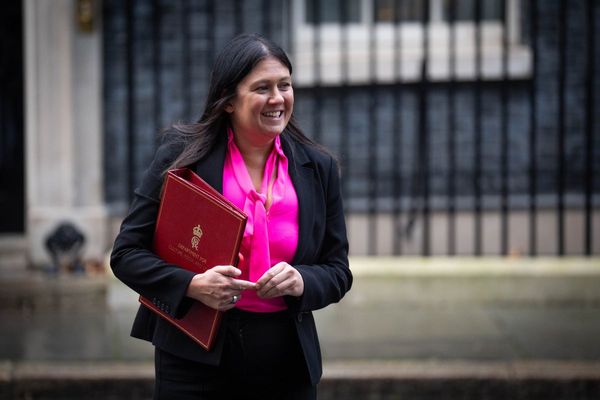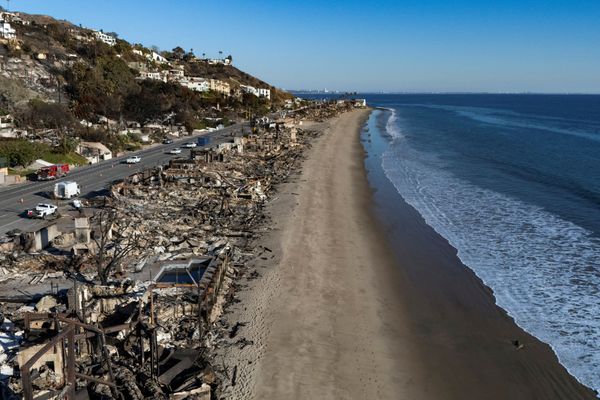A multi-million dollar urban growth corridor stretching from Auckland to the Bay of Islands is moving closer.
The Ministry of Housing and Urban Development (MHUD) is focussing on the "dynamic corridor" from Auckland to the Bay of Islands. This means looking at housing and urban development for the corridor from Warkworth to the area around Kerikeri.
"Officials are currently exploring a possible urban growth partnership for the dynamic corridor that stretches from the Bay of Islands through Whangārei, Ruakākā, Wellsford-Mangawhai to Warkworth," the Ministry of Housing and Urban Development (MHUD) said.
The roughly 185 kilometre northward zone will be modelled on the new and rapidly-developing Hamilton to Auckland urban growth corridor which is significantly urbanising 120km between the two centres.
A top level governance group is being set up, with investigations into how it operates now under way. It will likely involve Northland councils' governance leaders, Government Ministers, numerous Government agencies such as the Ministry of Social Development and Te Puni Kōkiri plus groups such as those in Whai Kāinga including Te Kahu o Taonui, the Northland Iwi Chairs Forum.
Councils and others involved in growth and infrastructure development are required to work together on the urbanisation plan.
"Based on the Hamilton-Auckland corridor model, this could see an enduring partnership between local councils, central government and iwi to manage the high level of current and predicted urban growth, including spatial alignment around the significant current rail and roading improvements," MHUD said.
/cloudfront-ap-southeast-2.images.arcpublishing.com/nzme/NNP2P44QGGQWALD7UDXRSHEUH4.jpg)
Ben Lee, Northland Regional Council (NRC) general manager strategy, governance said the ministry was leading development of a spatial plan and partnership for the corridor from Warkworth to Kerikeri.
NRC has been part of scoping the urban corridor. Lee said supporting the plan included identifying needed major infrastructure needs, which the Government had indicated it would potentially fund.
/cloudfront-ap-southeast-2.images.arcpublishing.com/nzme/KHJGDS5GIFRKZOB3AQCKWQHG6M.jpg)
Kaipara District Council (KDC) spatial planning last year included its part of the corridor. Major urbanisation forecasts Kaiwaka's population more than doubling to about 5000.
Spatial planning identifies about 2700 new house lots across 200ha of rural land and intensification of existing residential areas.
Maungaturoto was identified as a possible rail commuter hub to Auckland. About 7200 new houses have been identified for the hamlet, population currently 1300.
Mangawhai - one of New Zealand's fastest growing coastal areas – is forecast to grow to from its about 1000 permanent residents to 20,000 people.
Northland was New Zealand's fastest-growing region at the last national census, growing by 18 per cent over five years to almost 180,000 people. This growth is forecast to continue.
Whangārei's population growth is forecast to have at least 120,000 people in 10 years, up from just fewer than 100,000 now. Ruakākā/Marsden Point is forecast to grow by about 400 per cent to 30,000 as part of that.
Rod Brown, Vision Kerikeri spokesperson, reacted cautiously to news of the urban growth corridor.
Kerikeri and surrounds was already growing quickly with an ongoing influx of mostly Aucklanders among its 16,500 people. This would be exacerbated with the corridor's further urban growth.
Spatial planning was critically needed, Brown said. One reason for this was Kerikeri's increasingly threatened prime food growing soils. Much of this land had already been lost to significant housing growth that would be compounded with the new urban corridor plan.
Rail was an important consideration. Trucks on Northland's inadequate roads were menacing at times, he said.
The corridor prospect was disappointing given the Far North's water, wastewater and local roading infrastructure couldn't cope with existing growth.
Amy Macdonald, NRC councillor, said climate change and its implications for the corridor development needed to be considered. Macdonald chairs Northland's joint climate change adaptation committee.







